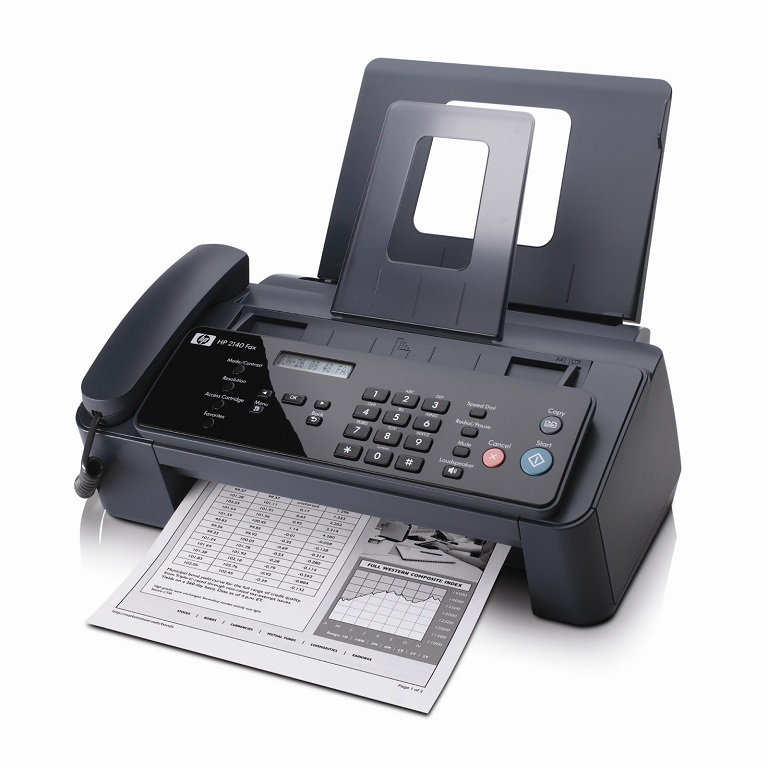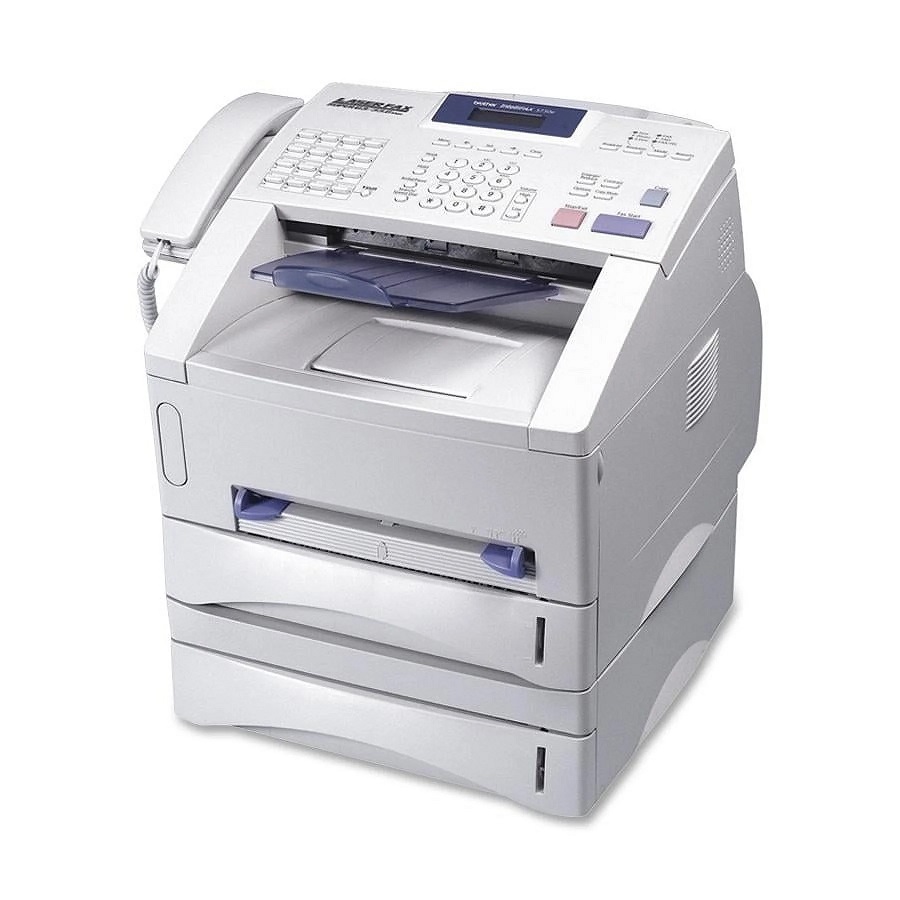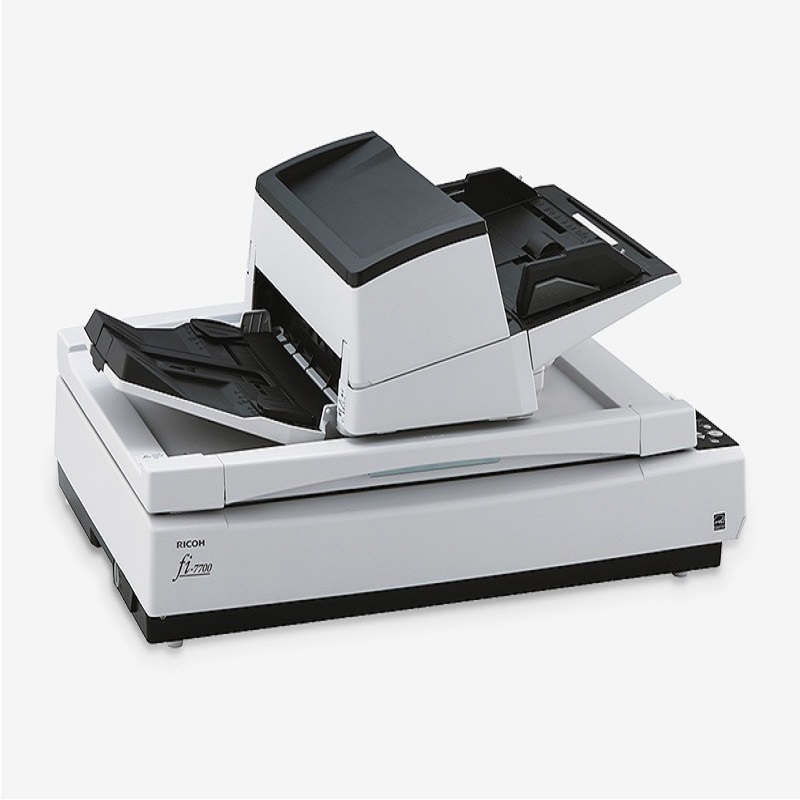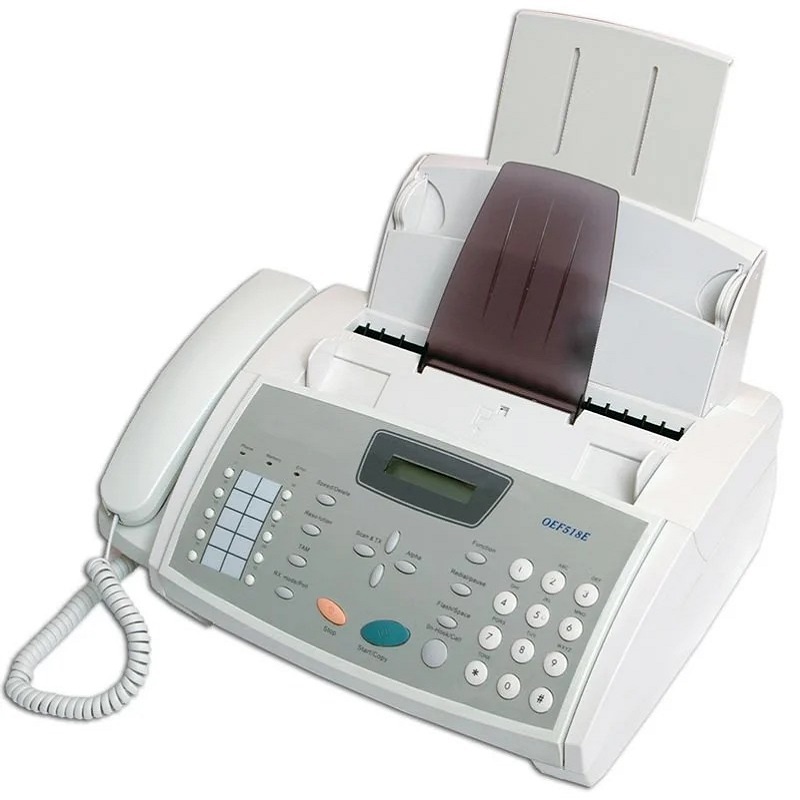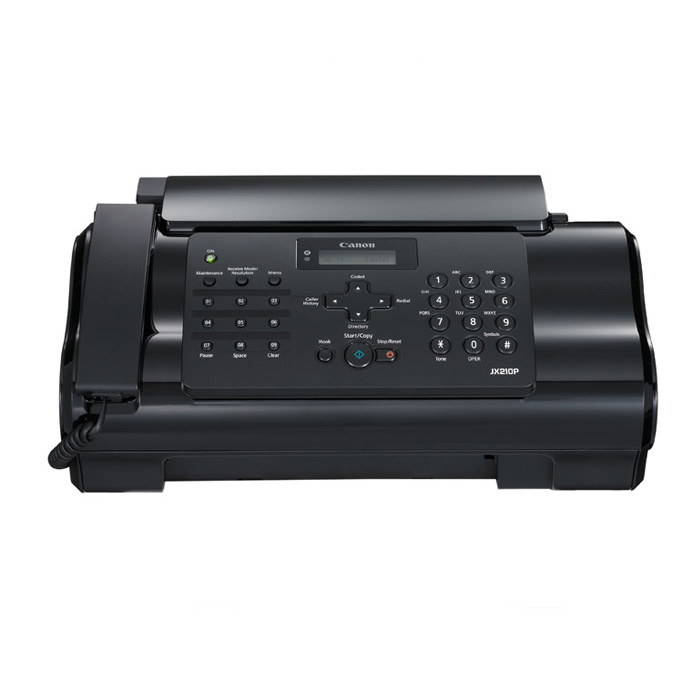What is a fax machine used for? The fax machine, a stalwart of modern office communication, continues to serve a pivotal role in facilitating document transmission, providing a reliable method for sending and receiving critical information. Despite the proliferation of digital communication technologies, fax machines offer unique advantages and find diverse applications in business, healthcare, legal, and other industries. In this comprehensive guide, we will explore the multifaceted uses, benefits, and best practices of fax machines, shedding light on their enduring relevance in the contemporary business environment.
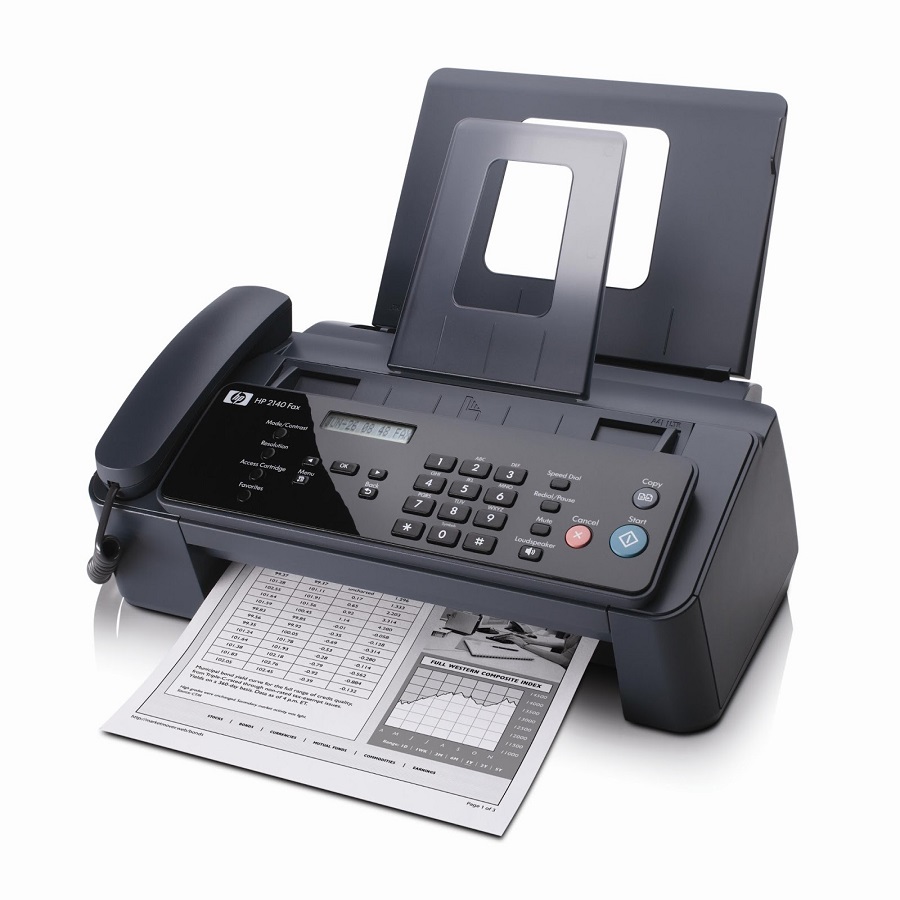
Document Transmission and Communication
The primary use of fax machines revolves around the transmission and communication of documents, serving as a reliable and widely accepted method for exchanging paperwork, contracts, and official correspondences. In business environments and government agencies, the ability to send and receive documents promptly and securely makes fax machines an essential tool for ensuring efficient communication and safeguarding documentation integrity.
Official Correspondence and Legal Documentation
Fax machines play a pivotal role in official correspondence and legal documentation, offering a secure and traceable method for transmitting contracts, legal notices, and other pertinent paperwork. The inherent verification of fax transmissions and the ability to receive delivery confirmations contribute to its acceptance as a preferred means for transmitting legally binding documents and sensitive information.
Healthcare and Medical Record Exchange
In the healthcare industry, fax machines continue to be widely utilized for the exchange of medical records, patient information, lab results, and prescription documentation. The secure and traceable communication afforded by fax machines aligns with privacy regulations, data security requirements, and the need for prompt and reliable sharing of sensitive medical information.
Compliance with Business Requirements
Fax machines hold significance in compliance with industry-specific regulations, providing a documented transmission method that fulfills legal and regulatory mandates for various business activities. In industries such as finance, real estate, and insurance, the use of fax machines is integral for ensuring compliance with industry regulations and record-keeping standards.
Remote and Rural Communication
Fax machines remain a practical means of communication in remote and rural areas, where digital communication infrastructure may be limited or unreliable. In regions with limited internet access, fax machines provide a dependable communication tool for transmitting documents, official paperwork, and correspondences without reliance on digital technologies.
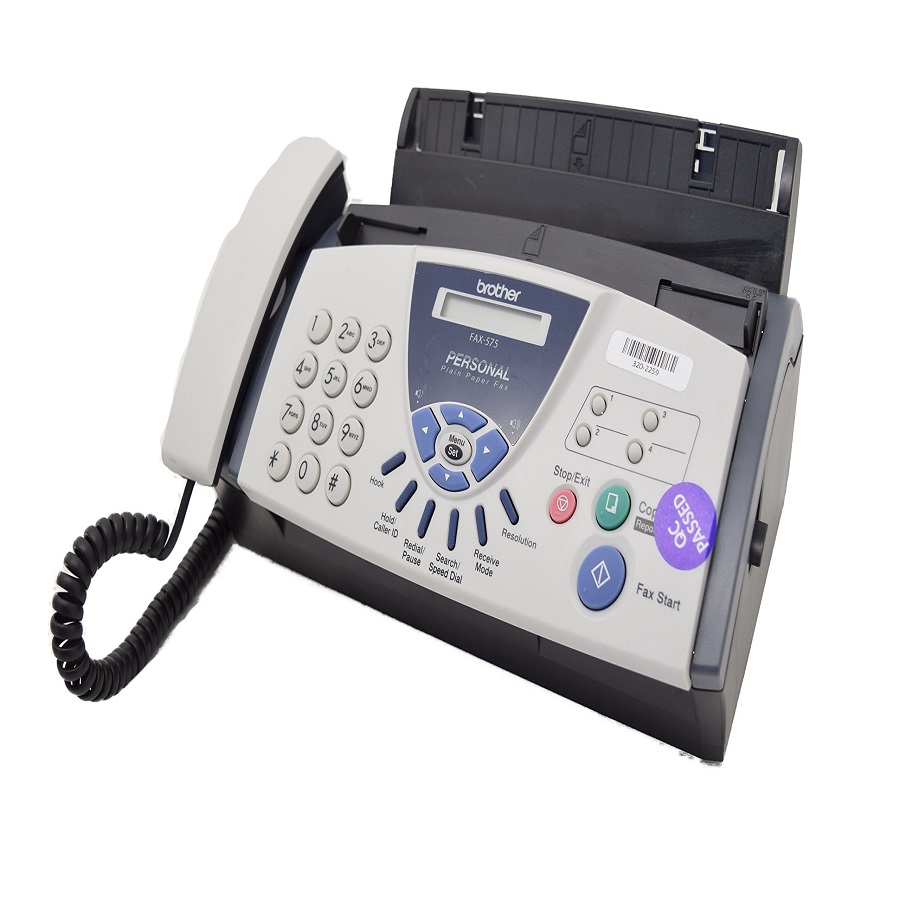
Sensitive Information Exchange
The secure and traceable nature of fax transmissions makes fax machines ideal for exchanging sensitive information, including financial documents, legal paperwork, and confidential communications. Organizations and individuals rely on fax machines to ensure the secure transmission of sensitive data, aligning with compliance obligations and best practices for data security.
High-Volume Document Processing
Fax machines are suited for high-volume document processing, providing a streamlined method for receiving and managing numerous documents sent from multiple sources. In busy offices or businesses with a high volume of document exchange, fax machines offer an efficient means of managing incoming documents and correspondence.
Preservation of Document Integrity
The physical nature of faxed documents, coupled with the delivery confirmations and transmission logs provided by fax machines, contributes to the preservation of document integrity. The ability to trace the delivery and receipt of faxed documents enhances accountability, safeguarding against alterations and ensuring the integrity of transmitted materials.
Reliability and Legal Validity
Fax machines offer a reliable and legally valid communication method. With recognized legal standing for the transmission of contracts, official notices, and other sensitive documents. The acceptance of faxed documents in legal and business contexts establishes its validity. As a trusted method for communicating and transmitting critical information.
How to repair fax machine
Fax machines play a vital role in facilitating document transmission and communication in various professional and organizational settings. To uphold their functionality and reliability. It is essential to understand the maintenance and repair methods that preserve these critical devices.
Preventive Maintenance Practices
Conducting regular preventive maintenance is crucial to sustaining the integrity and performance of fax machines. Routine checks and upkeep not only ensure operational functionality but also mitigate the risk of unexpected malfunctions and downtime. Common preventive maintenance practices include cleaning, inspection, and minor adjustments to address potential issues before they compromise the device’s operation.
Component Inspection and Cleaning
The routine inspection of fax machine components is an essential part of preventive maintenance. This process involves assessing the condition of internal and external components, such as paper feed mechanisms, platen rollers, ink cartridges or toner cartridges, and document sensor modules. Additionally, regular cleaning of these components, including removing paper debris and toner residues, helps prevent performance issues and paper handling errors.
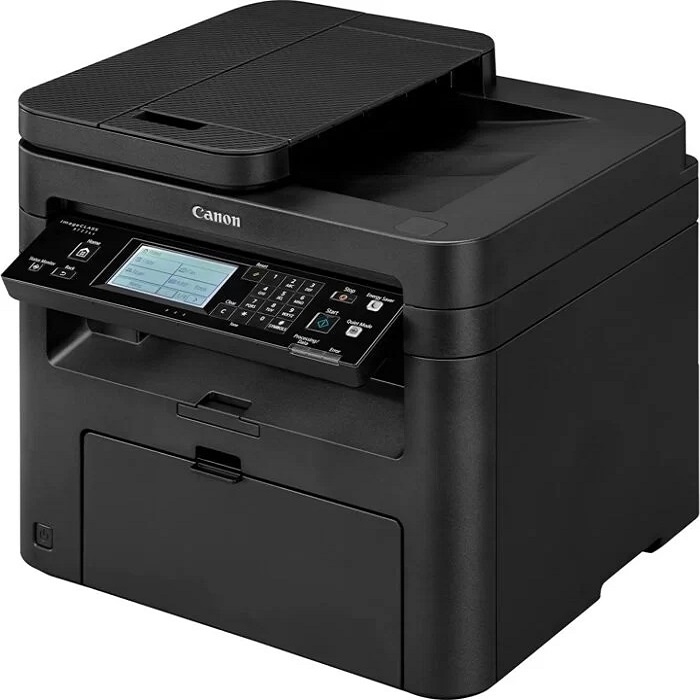
Maintenance of Paper Handling Mechanisms
Paper handling mechanisms are critical for proper fax machine operation. Regular maintenance of paper trays, feed rollers. And document guides ensures the consistent and accurate handling of paper during transmission and reception. This includes inspecting for paper jams. Misfeeds, and alignment issues that can impede operation and lead to paper-related errors.
Ink Cartridge and Toner Maintenance
For fax machines equipped with inkjet or laser printing capabilities, maintaining the ink cartridge or toner cartridge is a vital aspect of preventive maintenance. This involves monitoring ink or toner levels, replacing cartridges as needed. And ensuring proper storage and handling of consumables to maintain print quality and prevent operational disruptions.
Diagnostic Testing and Performance Evaluation
In addition to routine maintenance, periodic diagnostic testing. And performance evaluation offer valuable insights into the operational status of fax machines. Diagnostic tests and self-test functions enable users to assess the device’s internal sensors. Printing mechanisms, document scanning modules, and communication interfaces to identify potential performance issues and address them proactively.
Addressing Common Issues
Fax machines may encounter common issues such as document feed errors. Orint quality degradation, paper jams, and communication errors. By understanding and addressing these common issues through proactive maintenance and timely repair. Users can maintain the operational integrity and reliability of their fax machines. While extending their service life.
Component Replacement and Upkeep
Over time, certain components of fax machines, such as feed rollers, document sensors. And printing elements, may require replacement or servicing to ensure proper functionality. Proactively replacing worn components and addressing hardware-related issues. Is essential in maintaining the operational consistency and reliability of fax machines.
Troubleshooting and Diagnosis
When performance issues arise, adept troubleshooting. And diagnosis techniques are essential for identifying the root cause and formulating effective repair strategies. These strategies encompass addressing connectivity issues, resolving print quality discrepancies. And diagnosing communication errors to restore the fax machine’s functionality.
Repairing Mechanical and Electrical Components
In cases where fax machines experience mechanical or electrical malfunctions. Such as motor failures, sensor malfunctions, or power supply issues. Expert repair techniques are imperative. Repairing these components may involve disassembly, component replacement, soldering. And testing to ensure proper functionality and mitigate long-term issues.
Software Updates and Firmware Maintenance
Maintaining the software and firmware of fax machines is crucial for compatibility, security, and performance optimization. Periodic updates to device firmware, driver software, and communication protocols ensure alignment with evolving technological standards and mitigate system vulnerabilities. Ultimately enhancing the operational reliability of fax machines.
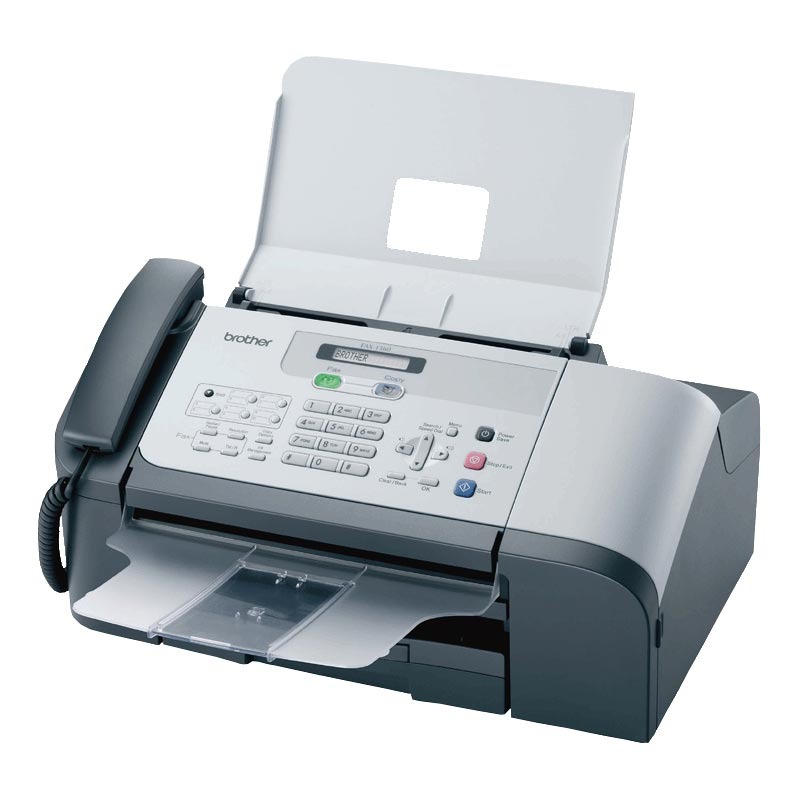
Conclusion
The multifaceted uses and enduring importance of fax machines underscore their relevance. And reliability as a fundamental tool for document transmission, communication. And information exchange in various industries and scenarios. Despite the advancements in digital communication technologies, fax machines continue to provide unique benefits. Such as secure transmission, legal validity, and preservation of document integrity, making them an indispensable tool for businesses. Organizations, and professionals striving for efficient and reliable document communication.





